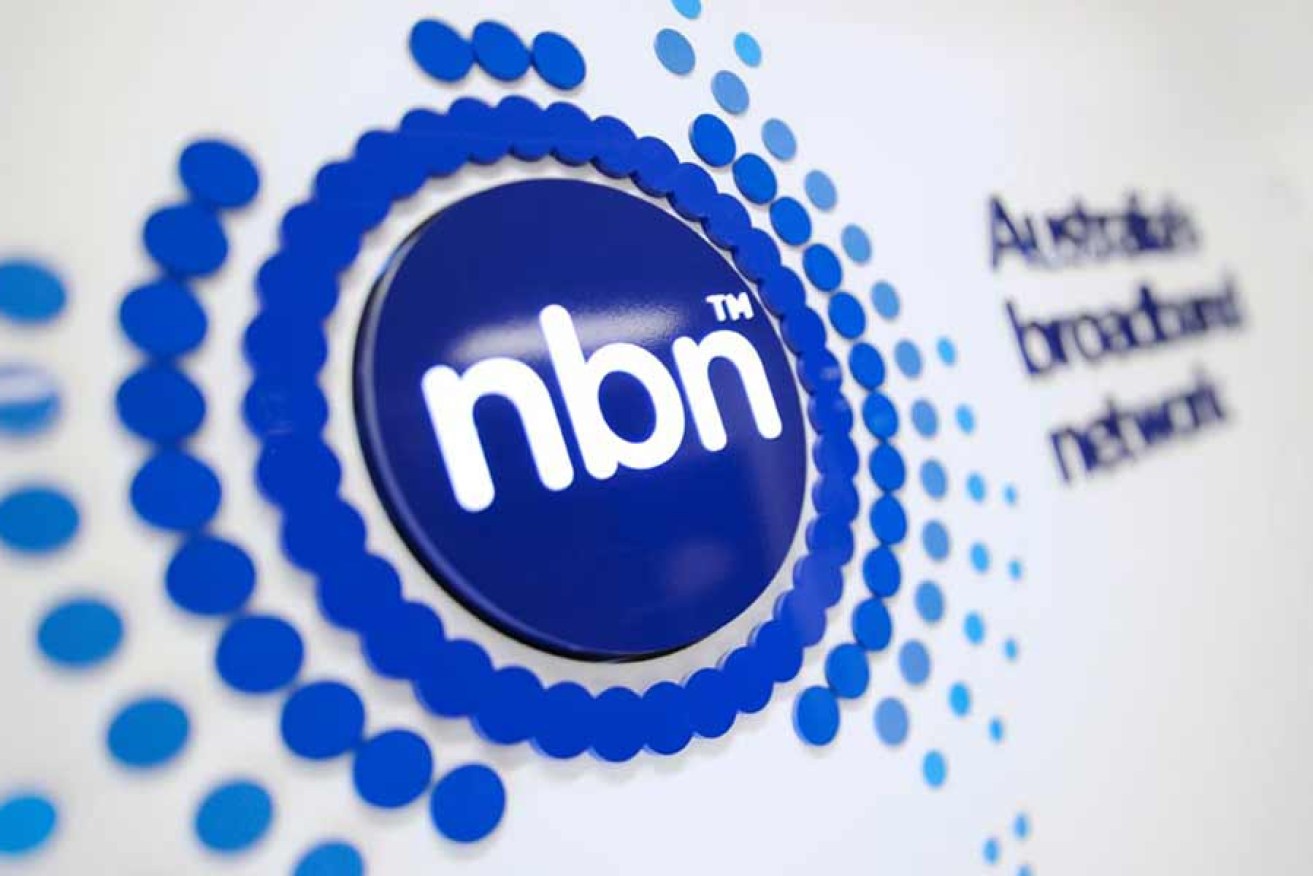NBN backflips on 1 gigabit speed promise


NBN will begin enabling cutting-edge DOCSIS 3.1 technology to boost the capacity of its struggling HFC networks. Photo: NBN
NBN Co will begin deploying its latest technology to increase the capacity of its struggling hybrid fibre-coaxial (HFC) network, but with only a 10th of the promised speeds.
The company announced on Wednesday it would enable cutting-edge ‘DOCSIS 3.1’ technology across the network, which will eventually serve about three million premises.
Data over cable service interface specification (DOCSIS 3.1) is the third and latest version of the technology which is delivered over the Hybrid Fibre Coaxial (HFC) network, previously Telstra’s pay TV cabling.
NBN Co claims the technology will double the capacity and therefore remove performance issues during peak times.
Last year, the NBN talked up the performance benefits of DOCSIS 3.1, saying it would offer potential 1 gigabit per second (Gbps) speeds.
But, in Wednesday’s announcement, the company said it would only be providing the option for retail service providers to offer speeds up to existing caps of 100 megabits per second (Mbps).
When The New Daily asked NBN Co why they had chosen to restrict speeds, spokesman Tony Brown said it was due to only a “very small number” of end-user premises buying speeds up to 100 Mbps, from the 1.6 million premises that can access its FTTP network.

NBN Co had conceded that most Australians with fibre-to-the-node will not be able to get top internet speeds. Photo: NBN Co
“That being the case there is little commercial incentive for NBN Co to offer speeds beyond 100 Mbps at this point on the HFC network,” Mr Brown said.
“But the extra capacity made available on DOCSIS 3.1 allows us the opportunity to deliver those higher speeds when the demand arrives.”
Emeritus Professor Rod Tucker, who was part of a panel of experts that advised the Rudd government to adopt an FTTP-based NBN strategy, told The New Daily it was a “strange move” by the NBN Co to say what consumers wanted if they hadn’t yet offered it.
“I’m not sure how they can say what type of speeds people want if it hasn’t been offered yet,” Professor Tucker said.
He said DOCSIS 3.1 was a step up, but the company still had a lot of work to do to win back consumers.
“In recent months there’s been big problems with the Optus HFC network not being up to standard and then the difficulties with the Telstra HFC network, which took six months to repair technical faults.”
NBN Co will be activating a total of three million end-users premises with DOCSIS 3.1 by the end of 2020, in Melbourne, Sydney, Brisbane, Adelaide, Perth and Gold Coast.
‘A quick fix’
Telco expert Dr Mark Gregory told The New Daily while DOCSIS 3.1 was a positive step forward, it was a simply a quick fix to cut corners, leaving the network to cope with issues for the next decade.
“Telstra’s network was built with an anticipated connection rate to 30 per cent of homes in a street or area, but the NBN expects 80 per cent of people to connect,” Dr Gregory said.
“This will be an increase of 50 per cent, so therefore they would have to re-engineer the HFC to account for an increase in customer connections and they will need to provide speed and capacity for the customer demand.”
Dr Gregory said NBN had failed to rebuild the network, and was utilising the extra capacity provided by DOCSIS 3.1 to overcome its shortfalls.

The NBN has divided Australia. Photo: AAP
“The NBN has been the most expensive lemon in Australian history and we will be struggling to fix these issues in the next five to 10 years.”
“We should’ve followed in New Zealand’s footsteps with Fibre to the Premises (FTTP) – that would’ve been the best outcome.”
But NBN Co chief technology officer Ray Owen said DOCSIS 3.1 would help increase capacity on the HFC network far more efficiently than conducting new optical node splits – and would free up construction resources elsewhere to complete the network build by 2020.
“Although DOCSIS 3.1 does enable higher speeds on HFC networks that is not our core focus at this present time,” Mr Owen said in a statement.
“In addition, we also look forward to the benefits that DOCSIS 3.1 will help bring on the operational side of the network in delivering a more stable and resilient network for end-users.”








